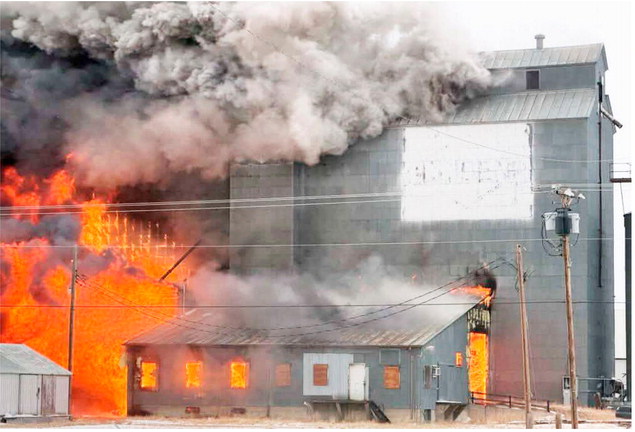Standards For Counselors To Stay In Place
The Montana Board of Public Education plans to keep existing ratios between students and librarians, school counselors and superintendents — contrary to the Office of Public Instruction’s recommendation to eliminate the minimum requirements.
The board also plans to retain ratios between students and principals, which OPI had recommended changing.
However, at a meeting last week about revising accreditation standards, some members of the board also expressed frustration with ratios as a way to enforce quality in a state with many different school districts — and a largely rural school population.
Board member Jane Lee Hamman said board members need to take a more strategic look at the needs across Montana in the future. In particular, she said rules and requirements should support small rural schools, not beat them down.
“I have found this to be the most frustrating part of what we have done in the last two years, and I’m still not resolved in it,” Hamman said. “I want to see flexibility so that school administrators can make adjustments where they’re needed depending on their community and their students and the talent that they have available to provide the best opportunity for all students.
“And at the same time, I think we need some guardrails, some guidelines, ratios … that provide the basic minimums.”
This year, the Office of Public Instruction is updating school accreditation standards, and the proposal to eliminate minimum ratios for some positions drew significant opposition from across Montana.
For example, the Montana Federation of Public Employees, a coalition of education organizations, and 1,273 commenters were among those who called for keeping student to counselor ratios intact, according to the board packet.
In public comments during the last few months, many people pointed to the mental health crisis in particular as one reason to keep the minimum ratio of one counselor to 400 students, or even nudging it to offer more counseling in public schools.
In one letter, longtime educators Sheila and Hal Stearns urged the board to restore and, if anything, increase standards for counselors and librarians for the benefit of all parents, urban and rural. Sheila Stearns is the former commissioner of higher education.
“As lifelong educators, we know the need has always been intense, now more than ever, for qualified counselors and information specialists in schools,” the Stearns wrote.
In March, the Board of Public Education will take formal action on a whole host of proposed revisions to accreditation standards.
Last week, board members responded to public comments, including the onslaught of demands to keep minimum ratios in place — at the very least. They voted to agree with comments that called for retaining current student-to-educator ratios for superintendents, principals, librarians and counselors.
They shared their rationale for wanting to keep a minimal standard in place even as they noted the current approach didn’t work well for all of Montana.
After the meeting, Board of Public Education Executive Director McCall Flynn said the difficulty for the board is that ratios don’t necessarily equate to quality, but the board had to choose from extremes and heard little data to support the proposed changes.
“It’s really difficult to go from having these pretty strict, strong guardrails that have been in place for quite some time to basically removing all of that,” Flynn said.
At the meeting, board member Tammy Lacey said school districts wouldn’t immediately cut superintendents, librarians and counselors if the board tossed out current standards.
However, she said the cuts would happen over time out of necessity. For example, when she was superintendent in Great Falls and had to cut $1.8 million out of the budget, the district cut strategically.
“We cut the programs we didn’t have to have to maintain accreditation,” Lacey said.
If superintendents and counselors aren’t required, she said, they’ll end up on the chopping block when budgets get tight too. At the same time, she said ratios aren’t a silver bullet.
“This does bear further discussion and further study,” Lacey said.
As the board considers standards, the rural context of Montana should remain top of mind, argued OPI’s Julie Murgel. For example, she said more than half of the state’s schools have fewer than 100 students, and just six percent serve more than 500 students.
“No state has a higher percentage of rural schools or small school districts in this country,” said Murgel, chief operations officer over innovation, improvement and excellence at OPI.
She said schools can apply for a variance to the ratio, but it’s just another step the smaller schools must take to adhere to the rules.
At the meeting, Bozeman Superintendent Casey Bertram said he worried that if accreditation standards slide for staffing levels, it will be a dangerous and slippery slope for public education.
“I am fearful there will be a legislative response to that, and that those reduced staffing levels will reduce funding for public education in the future and in the long term,” Bertram said.

